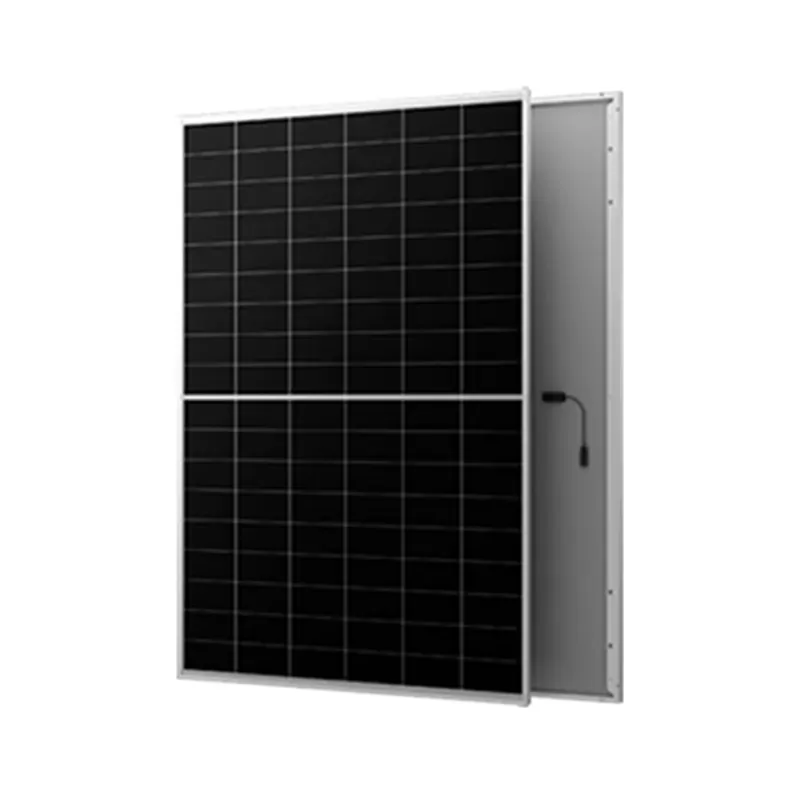Hybrid Inverter Wiring Diagram for Efficient Energy Management and Flow Control
Understanding Hybrid Inverter Connection Diagrams
Hybrid inverters are essential components in modern renewable energy systems, integrating multiple energy sources like solar panels, wind turbines, and traditional generators into a cohesive power management system. A hybrid inverter connection diagram visually represents how these components interact, facilitating understanding and installation for both professionals and enthusiasts alike.
What is a Hybrid Inverter?
A hybrid inverter combines the functionality of a solar inverter and a battery inverter. It not only converts direct current (DC) generated by solar panels into alternating current (AC) for immediate use in homes or businesses but also manages battery storage systems. This enables stored energy from batteries to be utilized during peak demand times or when solar generation is low. The hybrid inverter thus optimizes energy efficiency and promotes a sustainable energy model.
Importance of Connection Diagrams
Hybrid inverter connection diagrams serve several critical purposes
1. Visual Representation These diagrams offer a clear overview of the system components—such as solar panels, batteries, grid connections, and loads—showing how they interconnect. This visual representation is particularly helpful for planning and troubleshooting.
2. System Design and Installation For engineers and technicians, a connection diagram is invaluable during the design and installation phases. It details wiring configurations and can help in selecting the appropriate gauge of wires, circuit breakers, and other components necessary for safe operation.
3. Maintenance and Troubleshooting In the event of a malfunction, connection diagrams can significantly speed up the troubleshooting process, allowing technicians to quickly identify where issues may lie in the system.
hybrid inverter connection diagram

Key Components of a Hybrid Inverter Connection Diagram
1. Solar Panels The diagram would show how solar panels connect to the hybrid inverter. There may be indicators for series and parallel configurations depending on the system design.
2. Hybrid Inverter This component is central to the connection diagram. It will represent input connections for both the solar array and battery storage, as well as output connections for AC load and grid connection.
3. Battery Storage The battery system connects to the inverter to store excess energy generated during peak sunlight hours. The diagram illustrates how the inverter engages with the battery for charging and discharging.
4. Grid Connection The grid connection allows for energy import and export, providing flexibility and enhancing energy reliability during times of low solar generation.
5. Electrical Loads These are the appliances and devices powered by the hybrid system. The connection diagram typically indicates how loads are wired to the inverter.
6. Protection Devices Various safety devices such as fuses, circuit breakers, and surge protectors are often represented, ensuring the system operates safely and efficiently.
Conclusion
The complexity of hybrid systems demands careful planning and understanding, which is why hybrid inverter connection diagrams are crucial. They not only simplify the installation and maintenance process, but they also ensure that systems operate safely and effectively. Whether for a residential solar setup or a large-scale renewable energy project, these diagrams serve as a foundational tool facilitating the transition to sustainable energy solutions. As the world moves towards more integrated energy systems, the role of hybrid inverters and their corresponding connection diagrams is becoming increasingly critical in our daily energy management.
-
String Solar Inverter: The High-Efficiency Solution for Smart Solar EnergyNewsJul.14,2025
-
Revolutionizing Rooftop Energy with the Power of the Micro Solar InverterNewsJul.14,2025
-
Power Independence with Smart Off Grid Solar Inverter SolutionsNewsJul.14,2025
-
On Grid Solar Inverter: Powering the Future with Smart Grid IntegrationNewsJul.14,2025
-
Monocrystalline Solar Panels: High-Efficiency Power for the Future of Clean EnergyNewsJul.14,2025
-
Bifacial Solar Panel: A Smarter Investment for Next-Generation Energy SystemsNewsJul.14,2025







